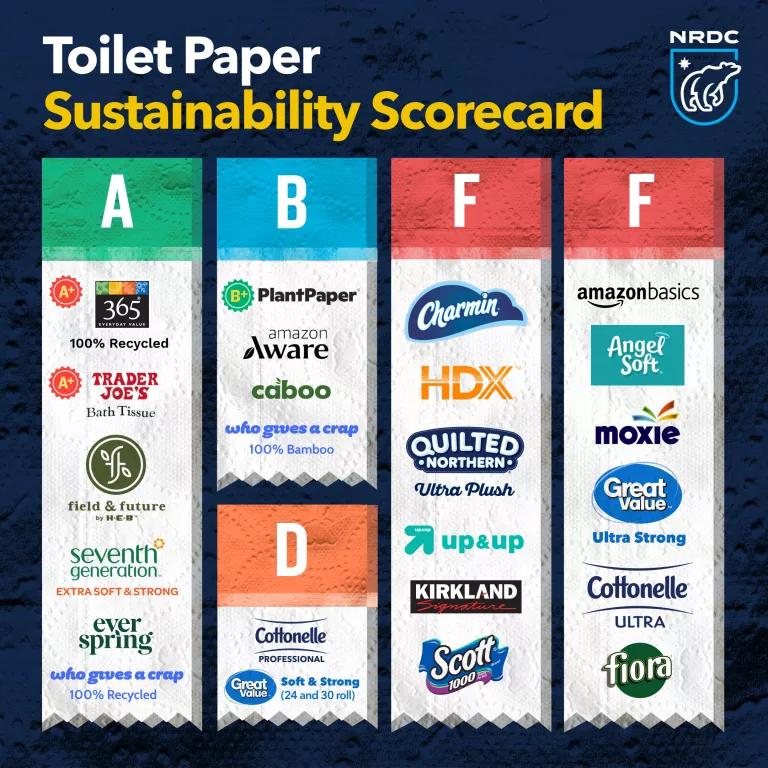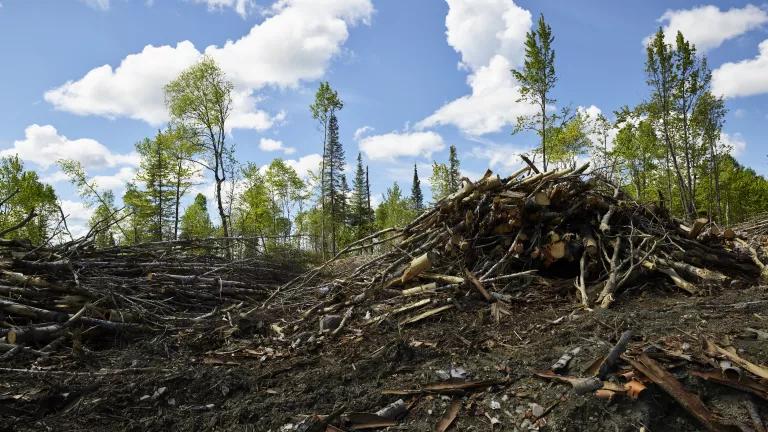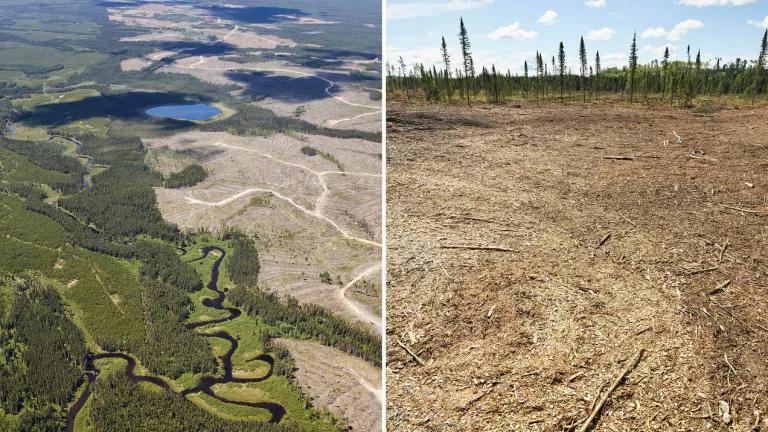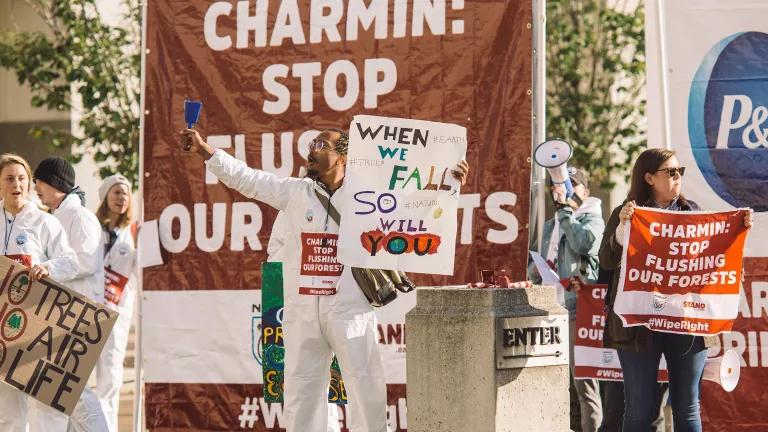
In 2019, NRDC published The Issue with Tissue, a report that shined a spotlight on the link between major U.S. tissue product manufacturers and the destruction of one of the most ecologically important forests in the world, the boreal forest of Canada. It also included a scorecard for consumers, ranking major tissue brands on their sustainability for forests. In 2020, NRDC published The Issue with Tissue Second Edition, which noted changes in the industry landscape and updated the scorecard. The third- and fourth-edition scorecards were published in 2021 and 2022, respectively, with grades for more products than ever before and an updated methodology that reflects the growing urgency with which scientists are calling for the protection of primary forests (areas that have never been industrially disturbed and have irreplaceable value for species and the climate).
NRDC released The Issue with Tissue Fifth Edition report and latest scorecard in 2023, which collectively highlight the rapid rise of sustainable tissue brands that are embracing solutions to halt the “tree-to-toilet pipeline” as consumers increasingly call for more eco-friendly options. Still, the tissue industry’s biggest players persist in fueling the degradation of boreal forests through their continued reliance on forest fiber to make their throwaway products, with devastating impacts for many Indigenous communities, treasured wildlife, and the global climate. Procter & Gamble (P&G), for example, remains stuck in the past, rejecting demands from its consumers and shareholders alike to end its almost exclusive use of forest fiber for Charmin and its other tissue brands. P&G is now the only one of the three largest U.S. toilet paper producers to earn F grades for its tissue brands across all five editions of NRDC’s scorecard.
Our planet has no time for the largest companies in the world to take half measures or deflect blame. As major consumers of wood pulp from Canada, U.S. tissue companies must adopt new practices that align with the preservation of this vital forest and foster a safe, sustainable future. As customers’ expectations change in response to the growing urgency of the climate crisis, embracing transformative innovation remains not only a vital step toward creating a more forest-friendly and climate-safe economy—it is essential for companies looking to stay competitive in an increasingly sustainability-conscious marketplace.
Previous Editions






